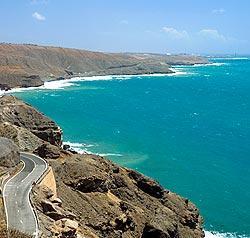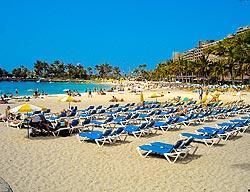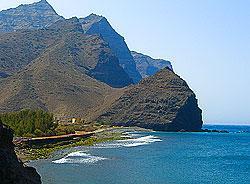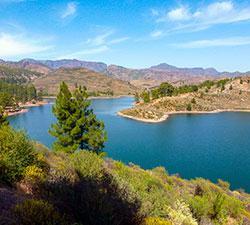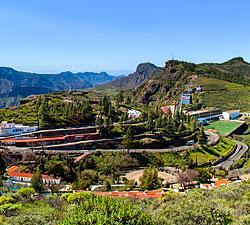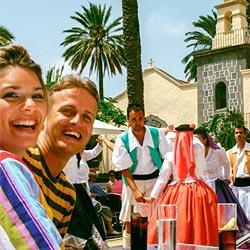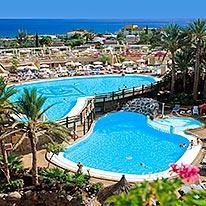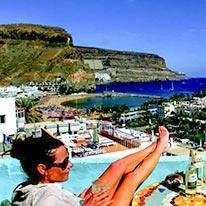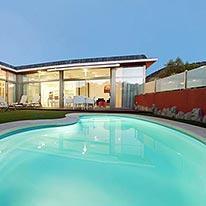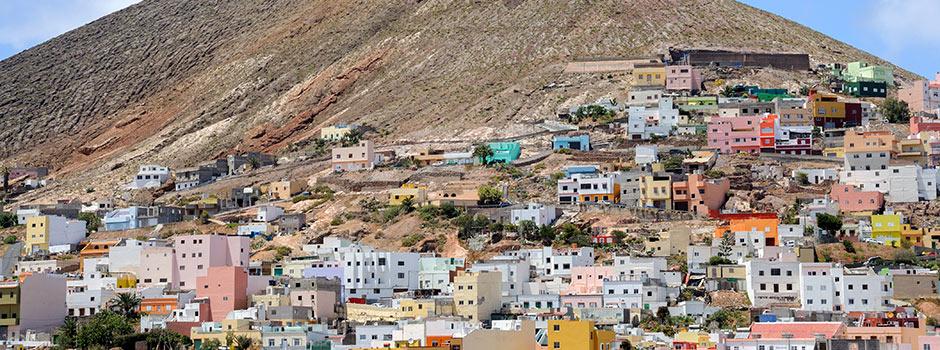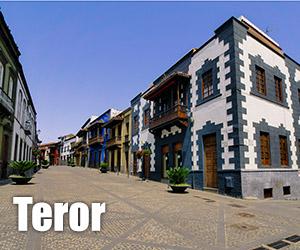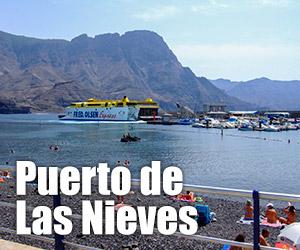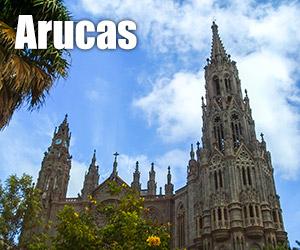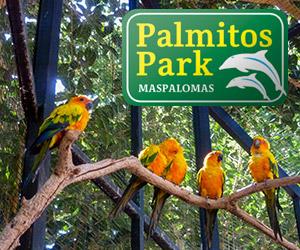Gáldar – the name derives from Agaldar, which translates as ‘Royal City’. Once the centre of the Guanche civilisation, it is therefore rich in archaeological sites. The Spanish founded the post-conquest Gáldar in 1484. Previously the seat of Tenesor Semidán (latterly known as Fernando Guanarteme), one of the island’s two Guanche chiefs, Gáldar takes much pride in its heritage, witnessed in the Guanche names of many of its streets. This northern town was also the capital of the island before Las Palmas de Gran Canaria.
Today, Gáldar is a largish and busy town extending at the foot of the Pico de Gáldar volcano. It has an idyllic square, the Plaza de Santiago, featuring the neoclassical Iglesia de Santiago de los Caballeros and is situated in front of the former site of an ancient royal court and a small Spanish fort. The construction of this vast church with three naves began in 1778 but was not completed before the middle of the 19th century. Noteworthy features are a green font from the 16th century and the statues of Christ and the Virgin Mary, both works by José Luján Pérez.
In the same square stands the ayuntamiento (town hall), in whose courtyard you can see an enormous dragon tree, believed to be planted no later than 1718 and therefore thought to be one of the oldest on the archipelago.
The biggest attraction of Gáldar, however, is El Museo y Parque Arqueológico Cueva Pintada (Painted Cave Museum and Archaelogical Park). Featuring many colourful geometric Guanche paintings, it was only discovered in 1873. After conservation works were carried out between 1970 and 1974, it was closed to the public in 1982 in order to prevent the paintings from being destroyed by the increasing humidity. It was subsequently re-opened in July 2006.
Beach lovers are advised to make a slight detour to Sardina del Norte. The miniature jewel in the crown of the beaches on the north coast, it offers a front of tantalising golden sand and delicious freshly-prepared sardines at its ample selection of restaurants.
On the road to Artenara, you’ll find the Caldera de Los Pinos de Gáldar, a huge volcanic crater formed during the last volcanic eruptions on the island. From here you have wonderful views over the entire north coast.
Just 2 km (1.25 miles) north of Gáldar is another important Guanche legacy, an 11th century cemetery – the Túmulo de la Guancha. In 1936 an archaeological excavation discovered the last known resting place of Guanche nobles. The bodies of 42 Guanches, believed to be the royalty of their day, are laid to rest in this tomb which is referred to as ‘the royal tomb’ and is built from enormous blocks of lava. There are also 30 other archeological structures at the Túmulo de la Guancha.



